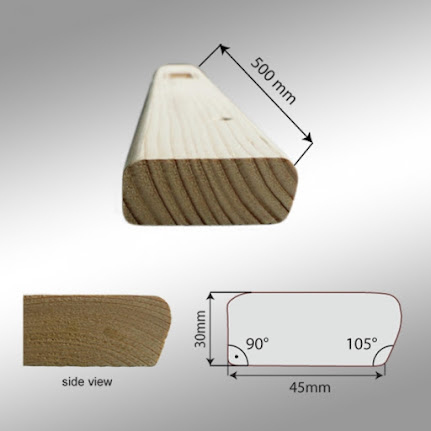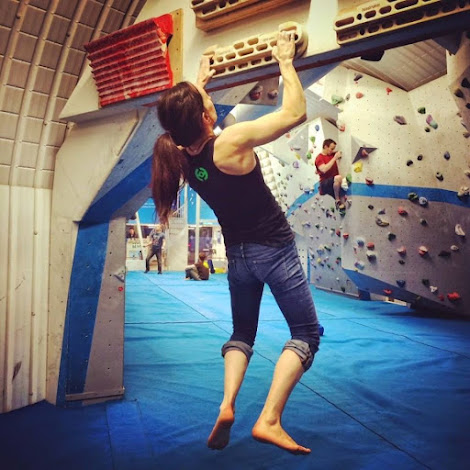Instructions to Use Rock Climbing Holds
Quest for rock climbing holds on the web and you
discover page after page of bizarre and bright shapes for climbing exercise
centres. On an open air precipice your pursuit is for their true motivations,
which unpretentiously mix into the stone face before you.
Learning the
names of holds and how to recognize everyone is essential to your advancement
as a climber. This article gives that diagram and, all the more critically,
discloses how to utilize each hold.
Two methods assist you with taking advantage of any
hold:
• Squeeze
just as hard as you have to remain on a hold. Crushing as hard as you can
depletes lower arms rashly and you'll feel "siphoned" on the grounds
that so much blood stream is coordinated to arms when they're strained.
• Focus
on the bearing you need to pull. To get the most grounded and simplest grasp,
pull opposite to the hold. Line your weight up with that bearing of pull and
you'll be more averse to fall off the stone.
Types of Rock Climbing Holds
• Jug/Bucket
- Jugs are huge, open holds that you can get your entire hand around. Jugs are
the vast majority's most loved in light of the fact that they're so natural to
hold and they give a great rest.
• Edge/Ledge
- Edges are the most widely recognized holds you find. They can be small dime
edges (scarcely wide enough for the toe of your shoe), long cuts in the wall
(space for two hands) or gigantic edges (sufficiently large to help your entire
body onto at the head of a climb).Edges can confront any bearing on the wall,
so ensure that you nail the course of pull.
• Crimp
- A crease is a little edge that is just large enough for the stack of your
fingers. By getting your body weight nearer to the divider, you can improve
point on this small hold and you'll have a superior possibility of remaining
associated with it.
• Pinch
- A squeeze is actually what it seems like—any bit of rock that you can squeeze
with your thumb on one side and your fingers on the other. Since your thumb
includes so much grasping force, use it any time you can get it on a hold.
• Sloper
- Slopers
are huge lumps with no certain plot for your hands to grasp. They can be
dubious; however acceptable method will make them climb sloppy courses in a
matter of moments:
Body position
is vital
Keep your weight straightforwardly contradicted to the heading of
pull, take a stab at a low focus of gravity and keep up body pressure to remain
adjusted as you make your turn.
Feel for highlights that offer some additional grasp
Dimples or little lumps are useful. When you discover your position,
get your entire hand in contact to expand rubbing, and keep it still as you
travel through to the following hold.




Comments
Post a Comment